We’ve all heard the phrase, “When in Rome!” right? Traveling allows us to experience new cultures and learn how people in other countries live. That’s the best part in my opinion.
Some things you experience may be unusual to you but common in other countries and that’s all the more reason to try them. If you’re thinking about traveling anytime soon, you’ll want to make a note to check out some of these places. If not I’m sure you could try them out at home. Except for driving on the left side of the road.
Unusual Things Common In Other Countries:
1. “Colombians Drink Hot Chocolate Cheese”
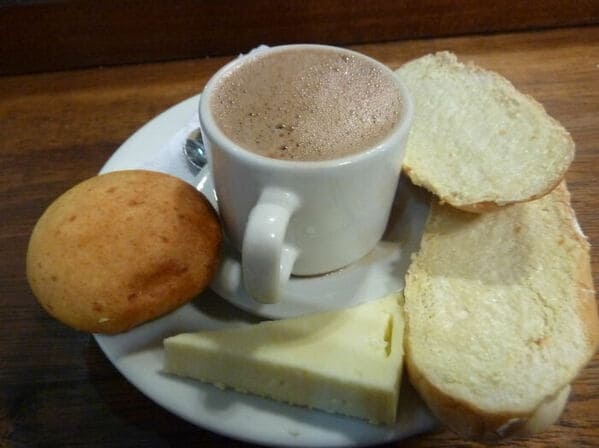
This cocoa drink is served with cheese slices. It’s apparently delicious and I’m sure many sweet and savory fans would like it.
2. “Luxembourg’s Public Transportation Is Free”

Public transportation in Luxembourg was made free to everyone in 2020.
3. “In Japan, Traffic Lights Seem To Be Blue”
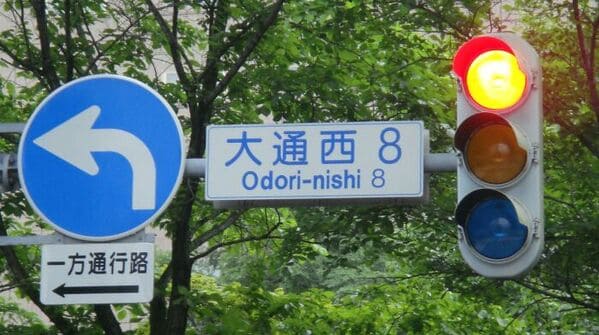
Japan uses the bluest shade of green that’s legally allowed. Apparently, the word “blue” was used to refer to both green and blue because there was no word for green at the time.
4. “Wooden Bathtubs In Japan”
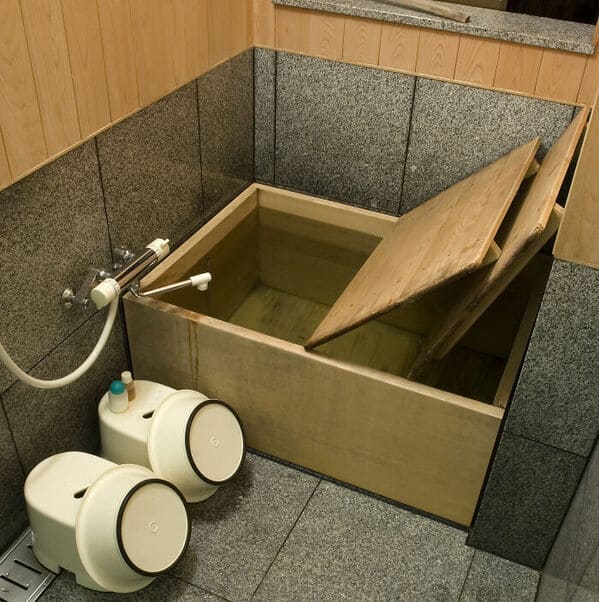
Ofuro tubs are made for soaking in hot water and not common in many other countries.
5. “Nepal’s Flag Is Non-Rectangular”
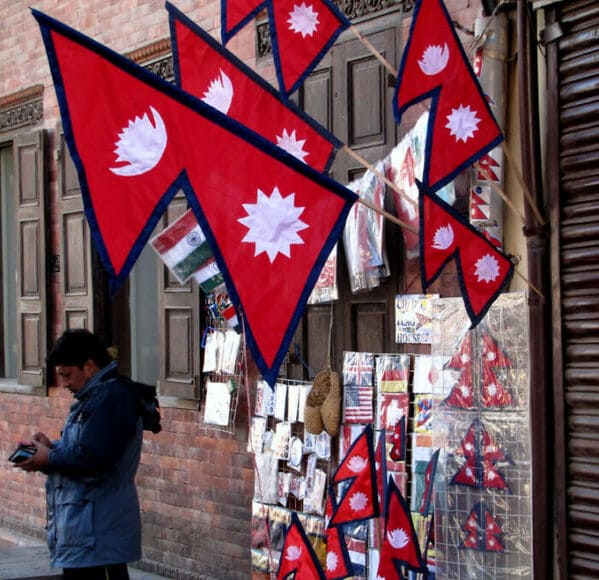
“Nepal is the only modern country in the world with a non-quadrilateral flag. It’s said to derive from Hinduism.”
6. “Milk Is Not Refrigerated In France”

“Most of the milk sold in France is pasteurized at UHT (ultra-high temperature) and therefore doesn’t have to be stored in cold.”
7. “Police Drive Lamborghinis In Italy”
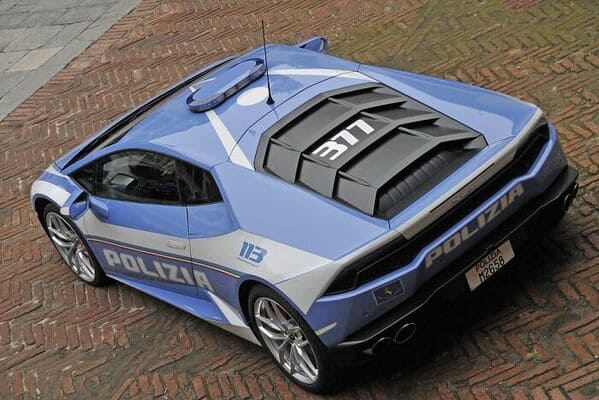
The Lamborghini was recently added to the police vehicle fleet in Italy.
8. “People In The UK Have A Competition To Roll After A Giant Cheese Wheel”
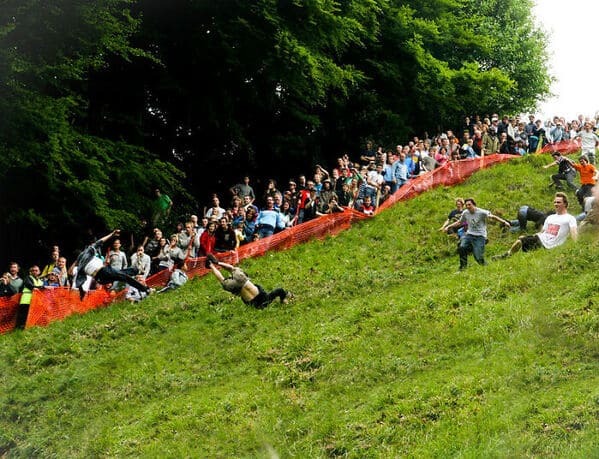
“The Cooper’s Hill Cheese-Rolling is an annual racing competition where people chase a giant wheel of cheese down the 200-yard Cooper’s Hill.”
9. “Taumatawhakatangihangakoauauotamateaturipukakapikimaungahoronukupokaiwhenuakitanatahu”

This 85-character name is for a place in New Zealand. It is the longest name for any place in the world. I’m sure there are no envelopes big enough to fit the entire name on them.
10. “You Can Major In ‘Bra Studies’ In Hong Kong”
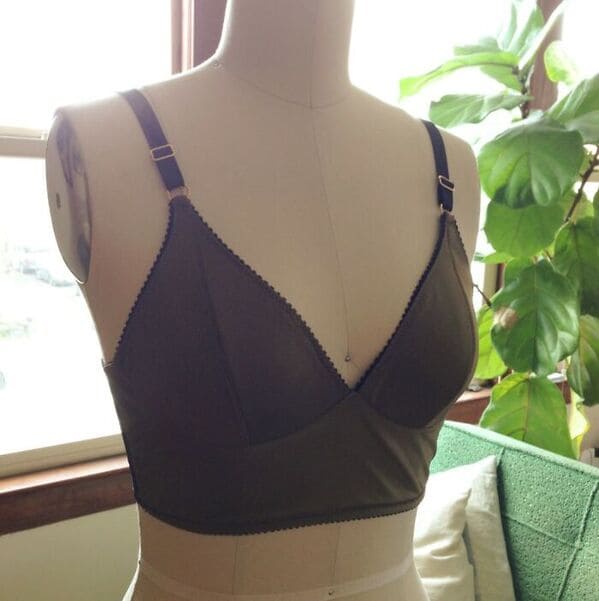
You can major in “Bra Studies” for Top Form Bras at Hong Kong Polytechnic.
11. “In Ecuador, The Garbage Trucks’ Tune Is Similar To What Ice Cream Trucks Play In The USA”
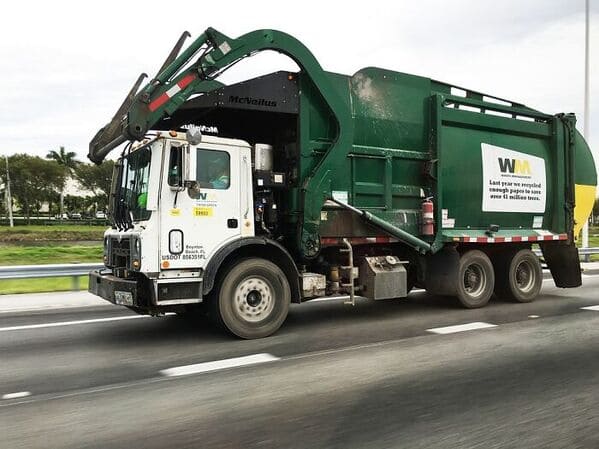
If you’re ever in Ecuador on garbage day, you’ll be highly disappointed when you run outside expecting the ice cream truck.
12. “In Italy Cappuccino Is More Of A Breakfast Drink”
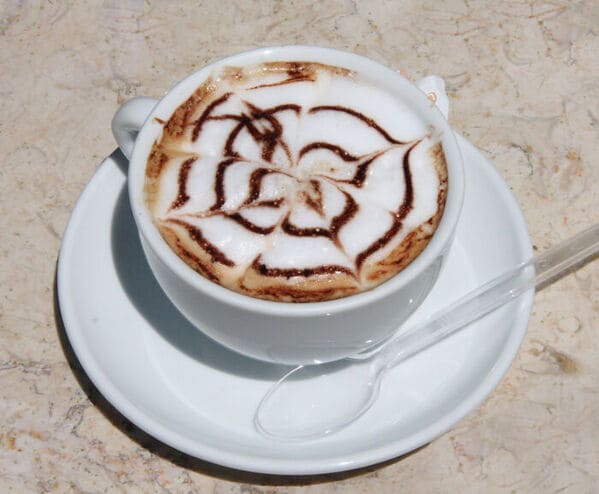
Cappuccinos, caffé lattes, and any other milk-based coffee beverages are considered breakfast in Italy. That’s why they order these drinks in the early morning.
13. “People In The Netherlands Don’t Use Curtains”
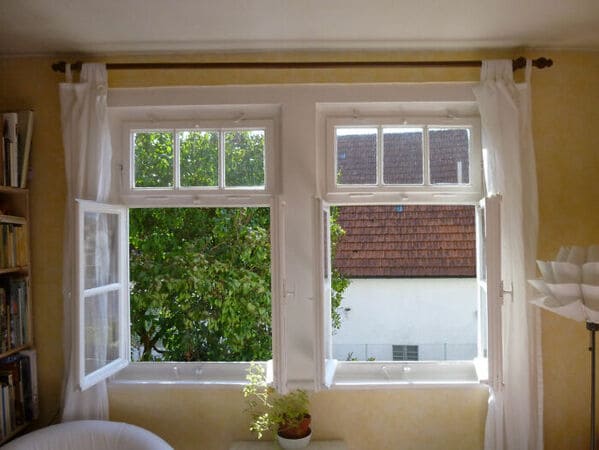
“It seems that the Dutch don’t mind people looking into their homes. This might be coming from Protestant religious traditions and the notion of ‘I have nothing to hide.'”
14. “Fried Mars Bars Are A Thing In Scotland”
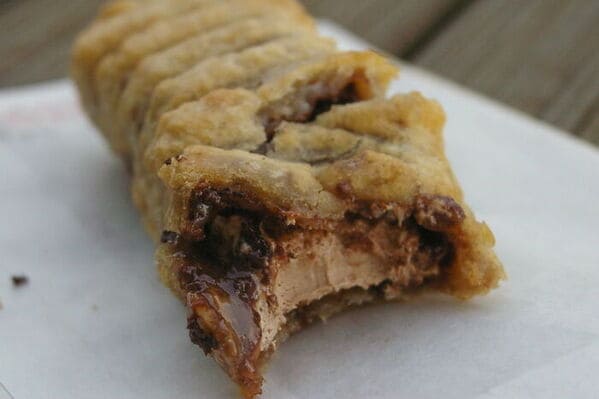
I can say that some places in the U.S. do serve this unusual, yet delicious treat. I know this because when I saw it I was intrigued and had to try it. Yes, it’s delicious and be glad it’s not very common because you’ll want to order one everywhere you go. Just don’t tell your doctor.
15. “Sitting In A Sauna In Finland Can Be A Competition”
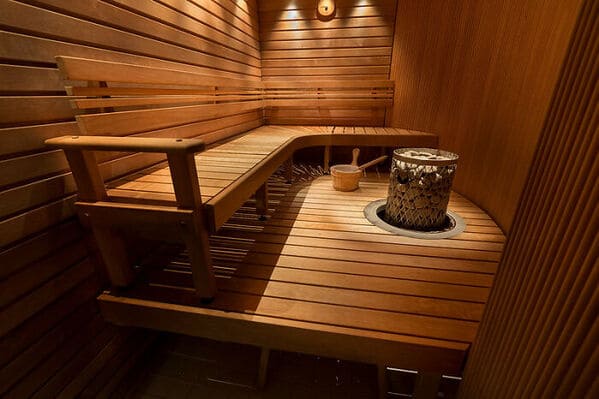
The World Sauna Endurance Championships is a real competition in Finland, the motherland of saunas.
16. “Russians Have 2 Passports”
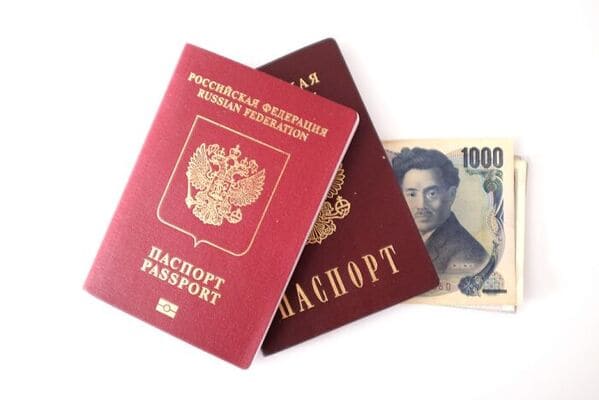
“Citizens of Russia have two passports: one national passport that serves more like an ID and a passport for traveling abroad.”
17. “There Are No Street Names In Costa Rica”
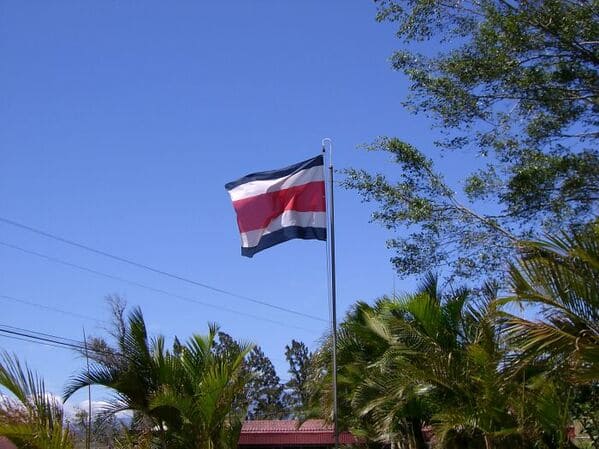
“Although some streets might have names, they might not necessarily have signs, so the addresses in Costa Rica are still described by local landmarks.”
18. “Bamboo Poles Are Used As Drying Rails In Singapore”
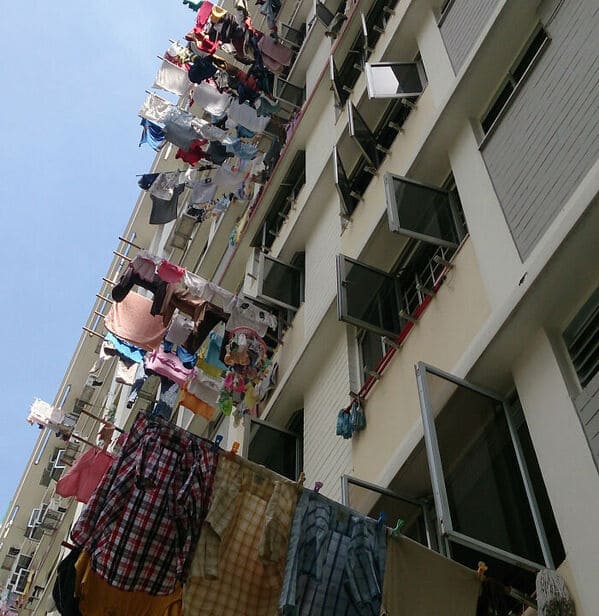
Due to its wide availability and affordable cost, Bamboo is a very handy item for things like drying laundry.
19. “There’s A Dessert In Turkey That Calls For Chicken Breast”
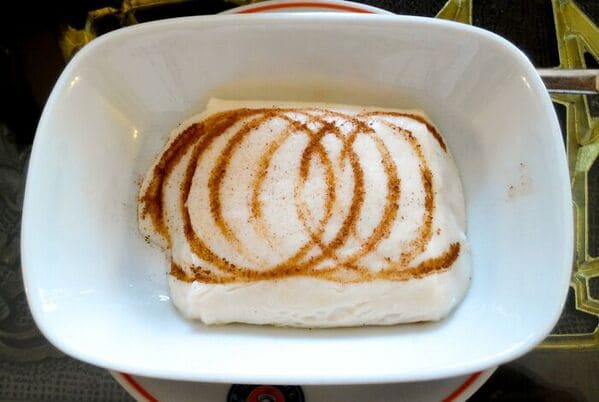
“Tavuk göğsü is a Turkish milk pudding made with shredded chicken breast. It was a delicacy served to Ottoman sultans in the Topkapı Palace. It is today considered a signature dish of Turkey. The traditional version uses white chicken breast meat.”
20. “In Italy, Restaurants Include Service Charge”
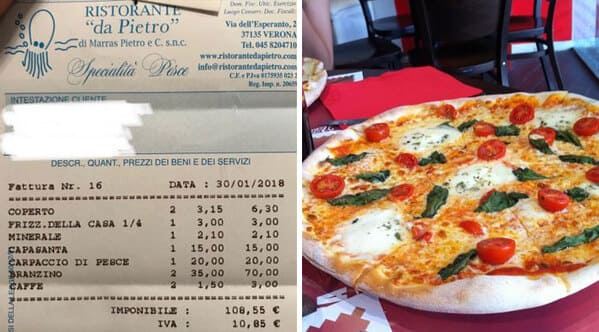
Tipping is not common in Italy because it’s normal to have a service fee worked into the bill.
21. “In Thailand, There Is A Nationwide Water Fight In April”
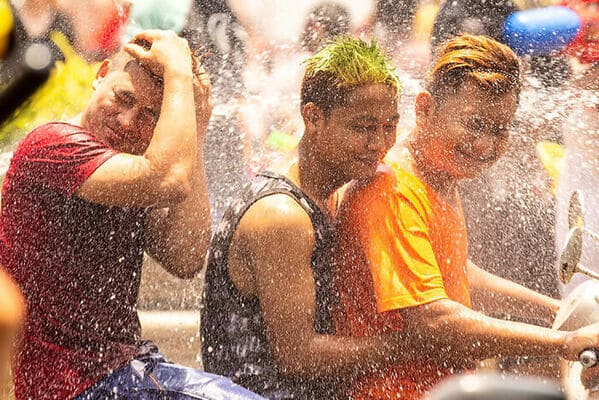
“Songkran – also known as the Water Splashing Festival – is a celebration to mark the start of the Buddhist New Year. Buddha images are bathed, and younger Thais show respect to monks and elders by sprinkled water over their hands.”
22. “You Can Walk From The North To The South Of Monaco In About An Hour”
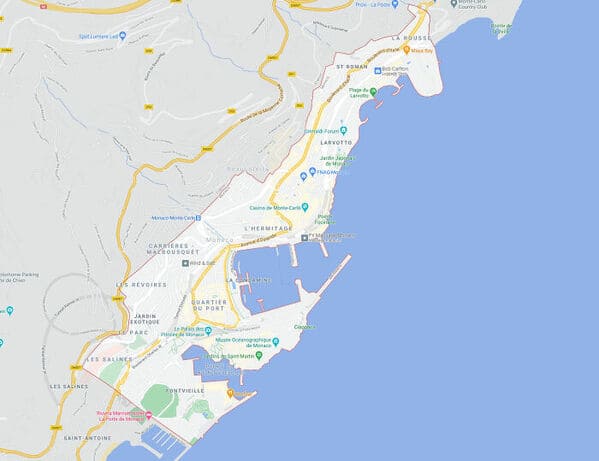
Monaco is so small (499 acres) that you could literally walk from one side of the country to the other.
23. “Most Streets In Japan Don’t Have Names”
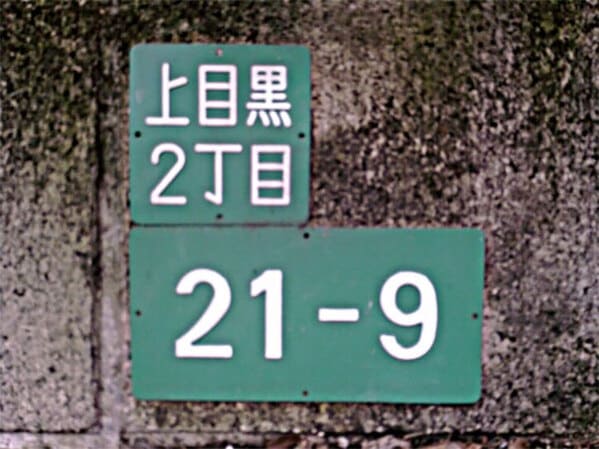
Japan uses a different addressing system than what is used in Western countries. Good luck figuring out where you’re going. Thank God for GPS.
24. “In The Netherlands, Stairs Are Usually Very Steep And Narrow”

According to Lauren Wellbank, these are known by travelers and ex-pats as “Dutch stairs.” These staircases are smaller and harder to traverse than your standard staircase. This is because most stairs are built on the principles of 17th-century French architect Francois Blondel. In total, a standard step measures 63 to 65 centimeters and is comprised of two risers (the vertical part) and one tread (the horizontal part where the foot will rest). Normally, this ends up so the riser is about half of the tread.
25. “In Thailand, People Remove Their Shoes Before Entering A Building”
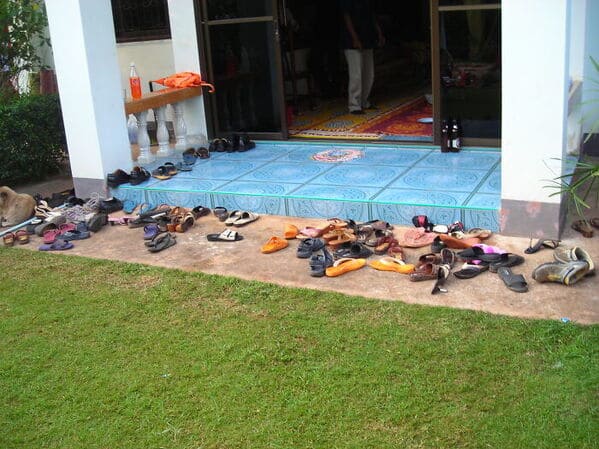
This is pretty self-explanatory as it is common practice to prevent people from tracking in dirt, etc.
26. “In Scandinavian Countries, Parents Leave Their Kids To Nap Outside In Cold Temperatures”
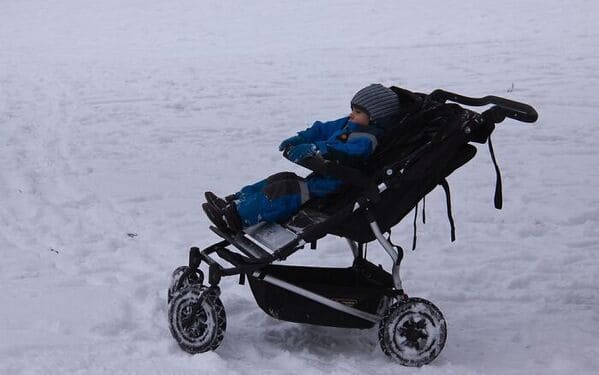
According to Insider, “Parents in Nordic countries have their babies nap outside in subzero temperatures so they sleep longer and better.” This is the first time I’ve heard of this but I guess it works?
27. “People In Singapore Reserve Seats In Public Eateries”
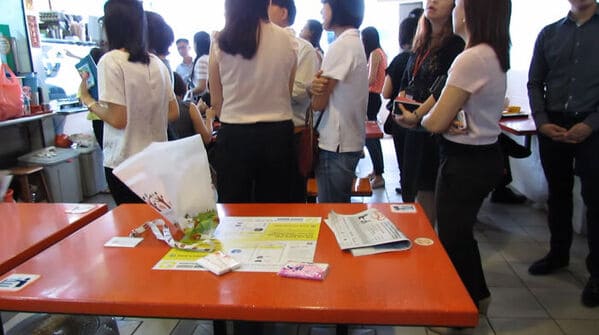
This is done to reserve a seat before you order your food. What makes it unique to Singapore is there’s not a reservation system and many will use random items such as umbrellas to hold their place. This reminds me of people spreading 8 jackets across a whole row at the movie theater.
28. “In Sweden, Rotten Fish Is A Food Item”
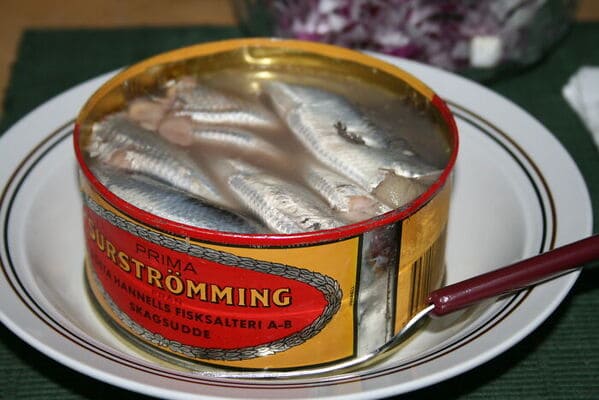
Surströmming, Swedish for ”sour herring,” is a lightly-salted fermented Baltic Sea herring traditional to Swedish cuisine since at least the 16th century. It must taste better than it sounds if it’s lasted for that long, right?
29. “In Slovakia, A Live Carp Is Kept In A Bathtub Before Preparing It For Christmas Dinner”

According to NPR, For centuries in Slovakia, Carp has been a staple for Christmas dinner. In order for it to be ready for cooking, it must swim in the bathtub in clean water to fully digest since it is a bottom feeder. I would imagine the race for the shower on Christmas morning is intense.
30. “South Koreans Think That Writing In Red Ink Is A Bad Omen”

In the olden days in Korea, red ink was used in the past to write deceased people’s names on the family register, and honestly, I get it.
31. “On The Highways In Germany, Speed Limit Is Only A Recommendation”
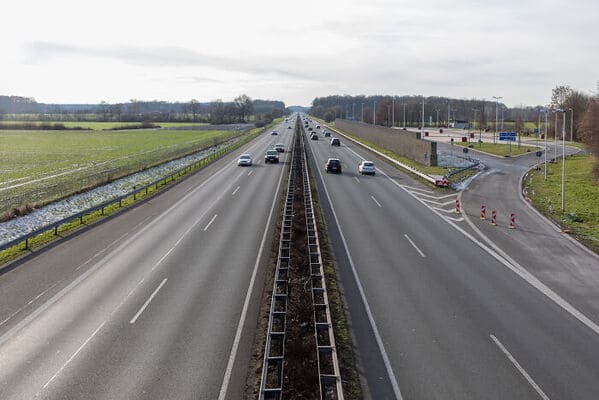
“On the federal highway system AKA autobahn in Germany, the speed limit is only a recommendation and drivers can choose to drive as fast as they want.”
32. “In Brazil, Hair Lightening Is Just As Popular As Hair Removal”
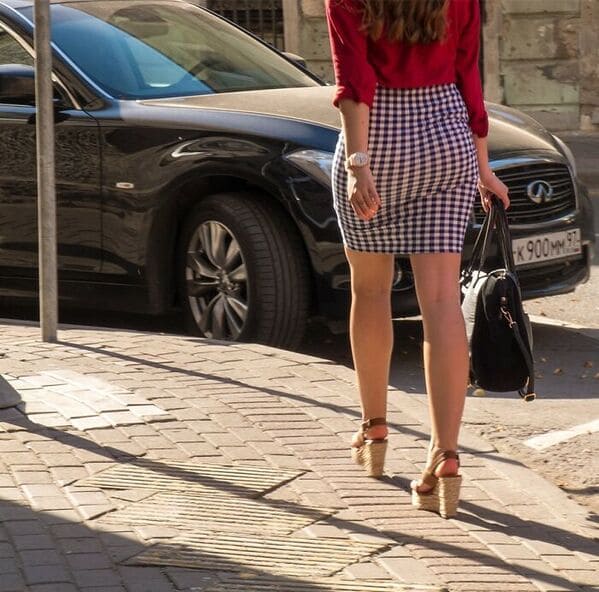
It’s not uncommon for Brazillian women to bleach their body hair rather than remove it.
33. “The UK And Some Other Countries Still Drive On The Left Side”
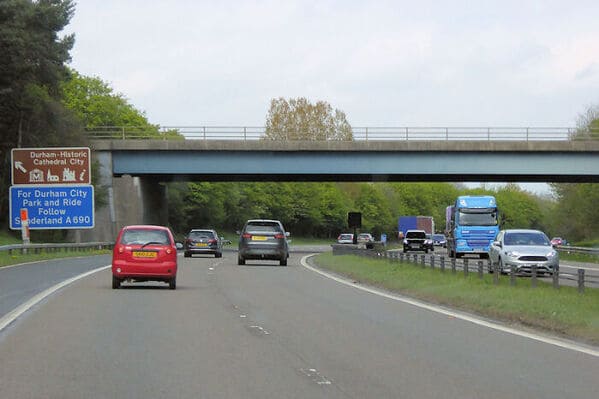
Have you ever wondered why some countries drive on the left side of the road? History UK explains the interesting story behind it saying, “As most people are right-handed, the driver would sit to the right of the seat so his whip hand was free. Traffic congestion in 18th century London led to a law being passed to make all traffic on London Bridge keep to the left in order to reduce collisions.”
34. ” In The Netherlands, It’s Common To Answer The Phone With ‘Hoi'”

It’s not uncommon for the Dutch to answer the phone with the very old-school ‘hoi,’ which gave way for the nautical term ‘ahoy.’
35. “Unmarried 25-Year-Olds In Denmark Get Covered In Cinnamon”
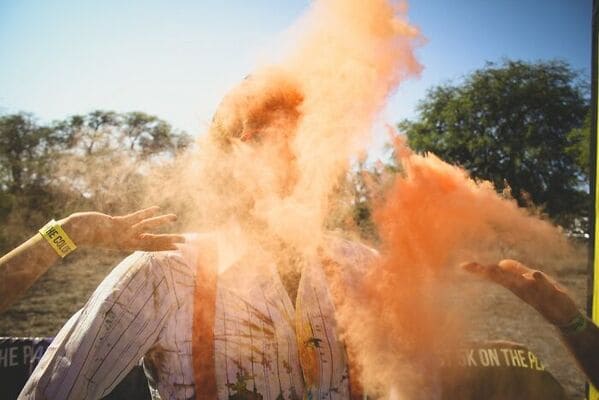
As an article in The Telegraph explains, the streets of Denmark are often covered in cinnamon — and it’s part of a long-standing tradition. When you turn 25, if you’re unmarried, it is customary in Denmark for your friends and family to cover you in the spice.
36. “While Taking Photos, Dutch Say ‘Smile At The Little Bird'”

If you get your picture taken in the Netherlands, make sure you say, “Lach eens naar het vogeltje” (“Smile at the little bird”) Which seems much harder than just “Cheese” but hey, at least they’re smiling.
37. “Swedes Cool Their Drinks Outside”
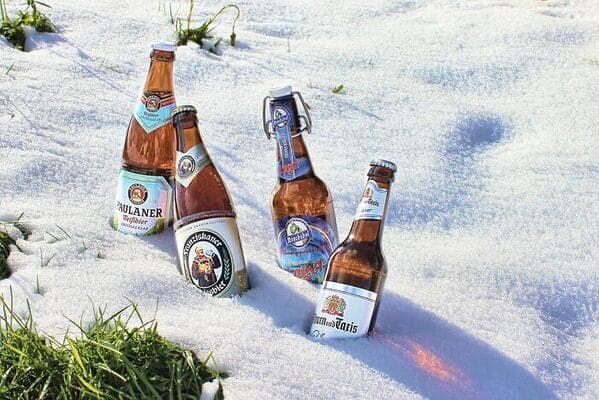
When it’s cold out, nature is your refrigerator. At least in Sweden.
38. “The Swedish Use A Special Cheese Slicer Instead Of A Knife”
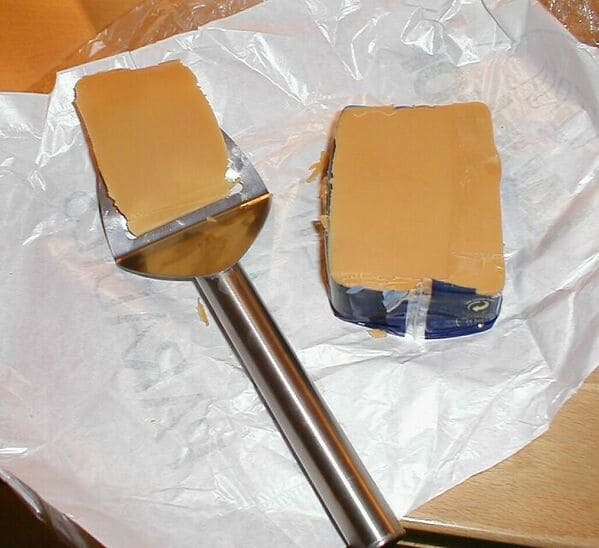
The Swedish don’t mess around when it comes to cheese. They’ve invented their own cheese slicer which is a frequently used utensil in the kitchen. Sure, there are many types of cheese slicers but it depends on the cheese you’re slicing.
39. “Some East Asian Countries Wore Face Masks Pre-Pandemic”
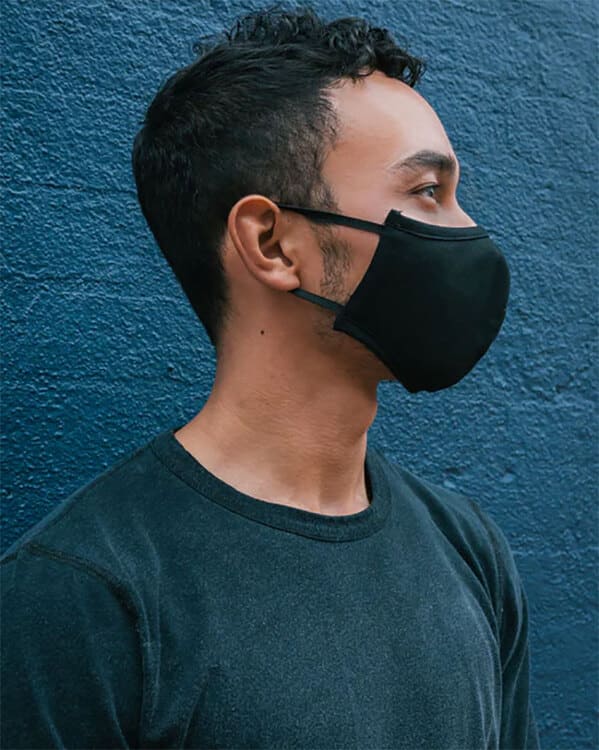
“In countries like South Korea, for the safety of others, people would wear face masks even when having a common cold prior to the pandemic.”
40. “In Some European Shops, Sellers Don’t Have Price Tags On Goods”
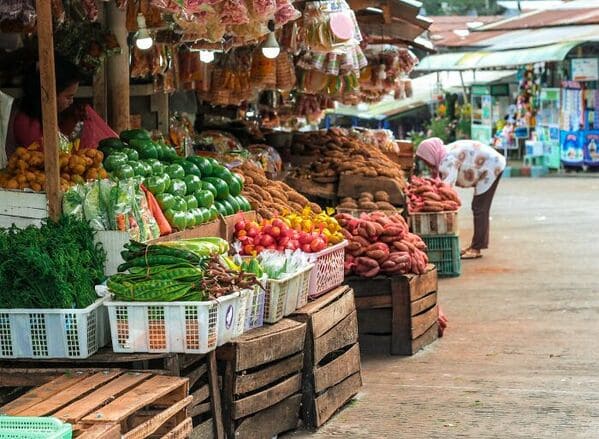
Some small grocery shops in Europe don’t have price tags on items. It’s said that this is done to potentially get more money from shopping tourists.


